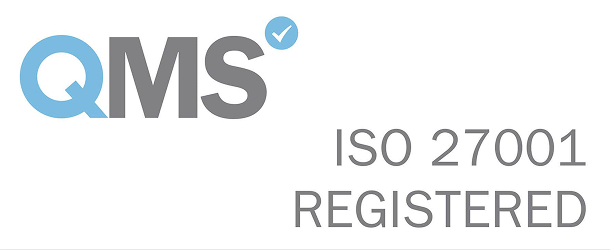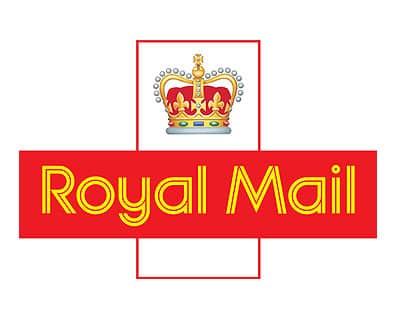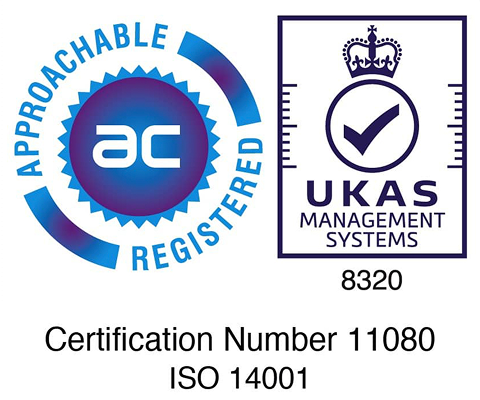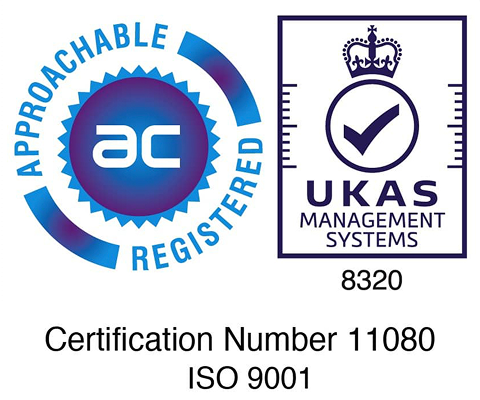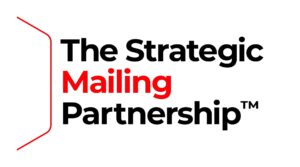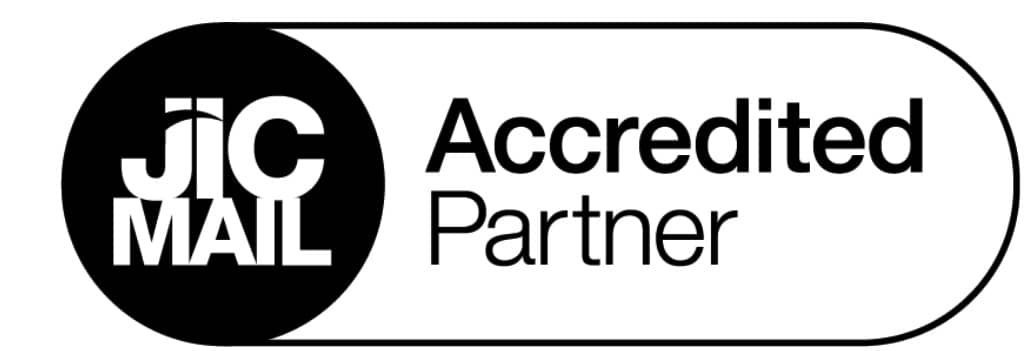Direct mail campaigns can be a highly effective component of any marketing strategy, working on their own or alongside other tactics to engage the audience. Physical mail has the ability to delight potential customers in a way other marketing efforts don’t.
Understanding direct mail campaigns
Incorporating direct mail marketing campaigns into your operations is a cost-effective way to improve brand awareness and make a personal connection with campaign recipients. Sending promotional materials, such as letters, postcards or flyers, through the post directly to potential clients can offer a strong return on investment.
The importance of direct mail in modern marketing can often be overlooked in favour of digital techniques, but as a tangible way to reach a targeted audience, it’s as powerful as ever. Personalised direct mail can create a strong connection that the fleeting nature of digital ads simply can’t replicate.
The foundations of a successful direct mail campaign
A comprehensive direct mail marketing strategy will help you get the results you’re looking for from a campaign. Careful planning and paying attention to the most important elements will maximise your chances of success.
Set clear goals and objectives
It’s impossible to know if your mail marketing campaign has been a success if you don’t know what you’re hoping to achieve. Set clear goals and objectives right at the start and ensure all the decisions you make along the way are in line with these aims. This focus will not only help you achieve better results but also make the process run more smoothly.
Identify your target audience
Even the most eye-catching mail won’t achieve a good response rate if you don’t define your target audience. Consider who your product or service is most suited for, segment your clients and run A/B testing to ensure you’re sending your direct mail materials to the right people.
Determine the right budget
A number of factors will influence how much you spend on your direct mail campaign, including:
Designing effective direct mail
The creative part of any direct mail and marketing campaign is designing the promotional materials that you’re going to send out. As well as making them visually appealing and in line with your organisation’s branding, there are some other key elements you should consider.
Craft a compelling message
Effective marketing messaging should be clear, concise and compelling, focusing on the benefits of the product or service you’re offering. It’s also important to include a strong call to action, which will guide your audience to the next step you want them to take.
Choose the right format and design
The format you select for your direct mail marketing campaign should be in line with what you’re trying to achieve. Different types of direct mail convey a variety of messages, so think about this choice carefully.
Integrate personalisation techniques
Personalising direct mail can make it much more effective. Go beyond just addressing marketing materials with a name and switch up the design elements, messaging and offers based on audience segmentation.
Building a strong mailing list
The quality of your mailing list will be a key factor in the success of your direct mail campaigns. You can create a mailing list in a number of ways, from building it yourself out of previous clients’ data to purchasing mailing lists from elsewhere. Whichever approach you take, mailing lists must be managed in order to fulfil their potential.
Source quality data
Obtaining quality data means training staff to take full details; making sure it’s checked and validated; then cleaning and updating data regularly. Organise your data carefully, remove any returns from your list and keep records of when contacts have been mailed.
Send your data to us for a free data audit so we can check the accuracy of your mailing records. This will save you money by reducing print runs for mail that won’t reach its recipient, as well as the cost of fulfilment and postage.
Segment your audience for relevance
Not all of your clients will have the same needs, wants and pain points, so segmenting your audience means you can send them the most relevant mail. This includes calls to action, offers and discounts tailored to defined groups.
The execution and delivery of direct mail
Choosing the right direct mail marketing services means considering the lead time and logistics associated with each element. You’ll need to think about design, printing, formatting, wrapping options, postage and fulfilment.
A personally-addressed envelope, for example, adds to the appeal for many recipients, but envelopes add to your costs. Peel and seal envelopes lend themselves to key client communications or prestige brands, but they require hand fulfilment rather than the more cost-efficient machine enclosing, and will take longer to enclose.
Another consideration if you’re using envelopes and want to keep costs down is the 15mm margin required around the enclosed material to allow for machine enclosing. You also want to make sure your communications fit into a standard size envelope to keep costs and turnaround times to a minimum.
Naked or self-mailers, which have the address details printed directly onto the collateral, may reduce your fulfilment costs, but could mean you miss out on potential postage discounts.
An experienced mailing house will be able to guide you through all of these areas and explain the timings involved. Using the same mail services provider from start to finish will help to streamline the process and ensure your campaign runs smoothly.
Enhancing engagement with personalisation
Personalisation in direct mail campaigns means tailoring the content to individual recipients. This can be achieved by using specific data like their name, purchase history, location, interests and demographics. Personalisation can lead to more relevant and engaging messaging that speaks specifically to them.
The benefits of personalisation include:
Personalised campaigns can benefit from customised coupons, tailored offers, exclusive invitations and relevant messaging. They should reflect the client’s position in relation to the company, with a new audience receiving different mail to loyal customers.
The future of direct mail campaigns
Looking to the future, it’s likely direct mail will continue to lean into the trends mentioned above, with highly personalised, data-driven campaigns performing the best. While direct mail marketing campaigns have a strong history, there’s no reason why they can’t be enhanced with modern techniques, like AI and machine learning, which could create hypertargeted mail.
These elements, along with increased digital integration, more sustainable options and effective personalisation, are likely to ensure direct mail remains relevant. Stand out from your competitors and engage your audience with a direct mail marketing campaign.
Our accreditations
